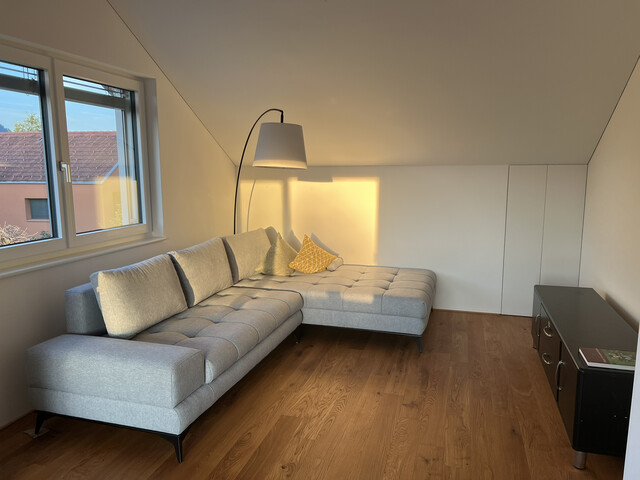Work Doesn't Stop: Many Still Reachable After Hours
Many Austrians perceive constant accessibility via mobile phones as a burden. The boundaries between work and private life often blur, as shown by a study from the consulting firm Deloitte, which was presented on Wednesday. 81 percent of the 500 respondents are reachable for work-related matters on their smartphones outside of working hours. Many often feel stressed or experience inner restlessness as a result.
Work on the phone - often even after hours
39 percent are contacted by managers or colleagues several times a month during their free time, 15 percent even several times a week. "This poses a risk to mental health," said Florian Brence, Partner at Deloitte Austria. "After all, 16 percent frequently feel stressed due to constant accessibility in the work context, 13 percent experience inner restlessness or even feel compelled to constantly check their smartphones."
A quarter use their phone four to five hours daily
But not only in professional life, the digital device is also indispensable for many in their private everyday life. Half of the respondents use their smartphones very often, over a quarter even believe they use it too often. Specifically, the usage duration for almost a third (31 percent) is between two and three hours per day, almost a quarter (21 percent) are even occupied with the digital device for four or five hours daily.
"Especially the younger generation is strongly attached to smartphones. As our study shows, a large portion of heavy users are between 14 and 29 years old," said Florian Brence. "The mobile phone is primarily used as a communication tool, for example, for messaging or calling. But surfing the internet or engaging in social media activities are also among the top activities."
Desire for less screen time
Although many like to manage their daily life with their phones, the consumption is increasingly viewed critically by the respondents. A majority of Austrians (59 percent) therefore want to reduce the duration of daily smartphone use. And more than 60 percent are already taking concrete measures: While 27 percent try turning off the sound, 19 percent repeatedly place the device out of reach. 18 percent have also deactivated push notifications and at least 16 percent rely on fixed screen-free times. "A more conscious smartphone use and digital detox are currently trending. However, it is unlikely that the general public will radically give up digital devices in the future," said Florian Brence.
(APA/Red)
This article has been automatically translated, read the original article here.
Du hast einen Hinweis für uns? Oder einen Insider-Tipp, was bei dir in der Gegend gerade passiert? Dann melde dich bei uns, damit wir darüber berichten können.
Wir gehen allen Hinweisen nach, die wir erhalten. Und damit wir schon einen Vorgeschmack und einen guten Überblick bekommen, freuen wir uns über Fotos, Videos oder Texte. Einfach das Formular unten ausfüllen und schon landet dein Tipp bei uns in der Redaktion.
Alternativ kannst du uns direkt über WhatsApp kontaktieren: Zum WhatsApp Chat
Herzlichen Dank für deine Zusendung.








